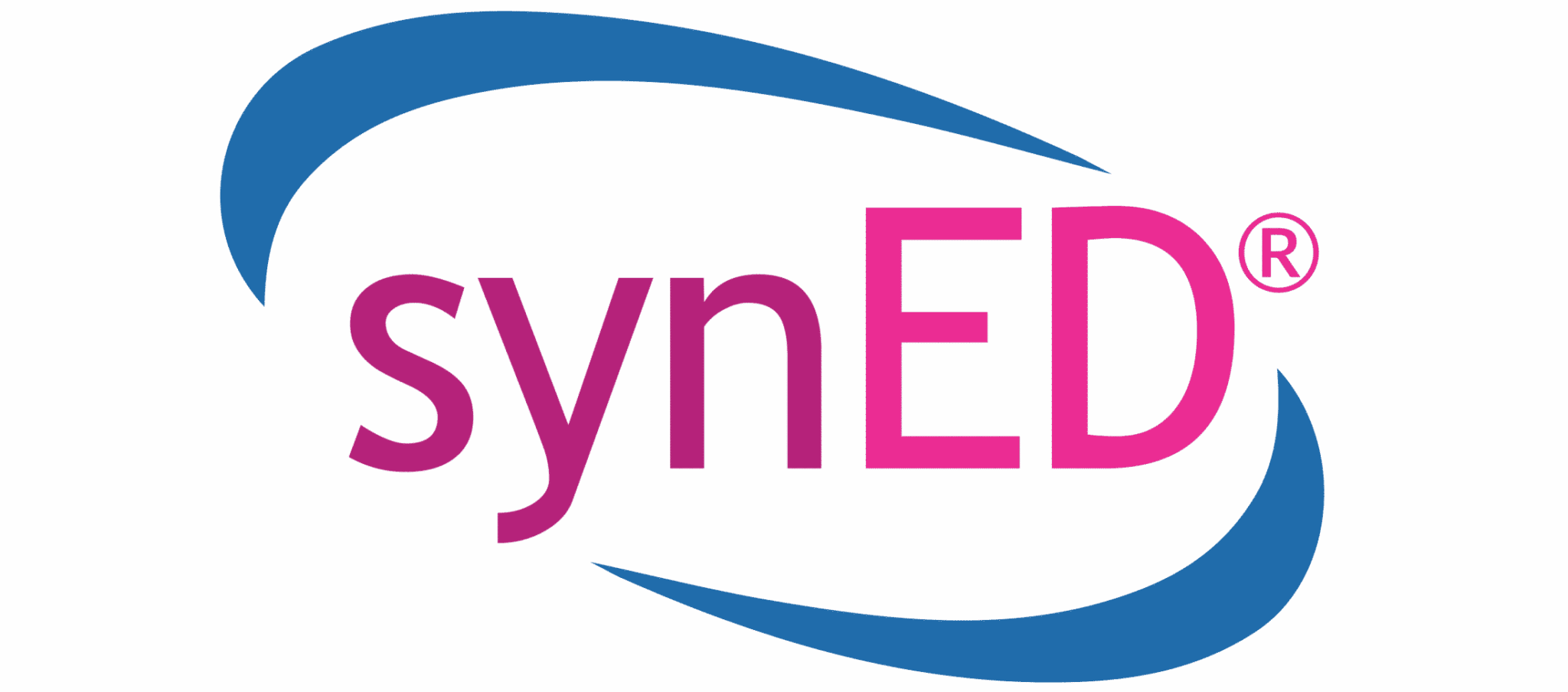FOR IMMEDIATE RELEASE
Contact: Steve Wright
Information Communication Technologies-Digital Media Sector Navigator
California Community Colleges
[email protected]
ROCKLIN, Calif. — There’s never been a better time to enter the IT workforce, as thousands of high paying jobs remain unfilled across California. A new initiative at California’s Community College is making it easier than ever for people with little or no technical experience to find a pathway toward one of those jobs in just a few months.
The IT Technician Pathway, offered at 22 California community colleges, is a series of four sets of courses designed to take students from computer sales to help desk support to more specialized fields like networking and cybersecurity. Each group of courses in the pathway corresponds to industry certifications that are essential for employment in any IT job.
The pathway is divided into the following segments:
- Phase one: Computer retail sales
- Phase two: Help desk/user support
- Phase three: IT technician
- Phase four: Cybersecurity or networking specialization
The pathway is offered as part of the Information Communication Technologies and Digital Media (ICT-DM) sector in the Doing What Matters for Jobs and the Economy — Strong Workforce Program.
Shawn Monsen, a faculty member at Sierra College and ICT-DM product development lead, is working to align the pathway’s recommended courses with four-year colleges so that students can earn a good job right away and create the foundation to earn a bachelor’s degree and increase their earning potential even more.
“This program provides students with a path to gain industry certifications to get better paying skilled jobs,” Monsen said.
Articulation pathways have been established between California Community Colleges and National University which allows courses taken in the pathway to be used toward NUs Cybersecurity and IT Management bachelor’s degrees. In the end, the more universities that offer these degrees and provide articulation pathways that lead to those degrees, the better positioned California will be to meet its current and future IT needs.
“The industry has a desperate need for these skilled workers,” Monsen said. “The pathway provides a means for students to get those skills, earn those industry certifications and move into those jobs.”
The IT technician Pathway also aligns with efforts to increase cybersecurity education at the K-12 level through CyberPatriot and other cyber competitions. These events bring students from all walks of life together to learn how to keep networks safe against cyber threats.
Middle and high school students participating in cyber competitions already have many of the foundational skills needed for the IT technician and can advance through it to a high-paying job even faster.
The California Cyberhub coordinates cybersecurity education efforts across the state and is a key partner in the IT Technician Pathway, particularly the cybersecurity specialization.
While the impact on students is immense, it’s not the only benefit to utilizing the pathway model for IT education. By forging partnerships between community colleges and four-year universities, California is positioning itself as a leader in technology education and creating a model that can be implemented nationwide.
“Over 27,000 students take one or more IT courses at the California Community Colleges per year. With 64 Cisco Academies, 24/7 online computer labs, and over 330 IT Faculty — 70 percent with master’s degrees — they are the best kept secret in the cybersecurity solution, said Information Communication Technologies-Digital Media Sector Navigator Steve Wright. “The IT Technician Pathway is a uniform statewide guided pathway for entry level and advanced upskilling workers. Articulation to a four year degree completes the journey to a professional education and better wages.”
For more information on the IT Technician Pathway, visit ict-dm.net.
About Doing What Matters for Jobs and the Economy – Strong Workforce Program
Doing What MATTERS for jobs and the economy is a four-pronged framework to respond to the call of our nation, state, and regions to close the skills gap. The four prongs are: Give Priority for Jobs and the Economy » Make Room for Jobs and the Economy » Promote Student Success » Innovate for Jobs and the Economy.
The goals of Doing What Matters for Jobs and the Economy are to supply in-demand skills for employers, create relevant career pathways and stackable credentials, promote student success, and get Californians into open jobs.

